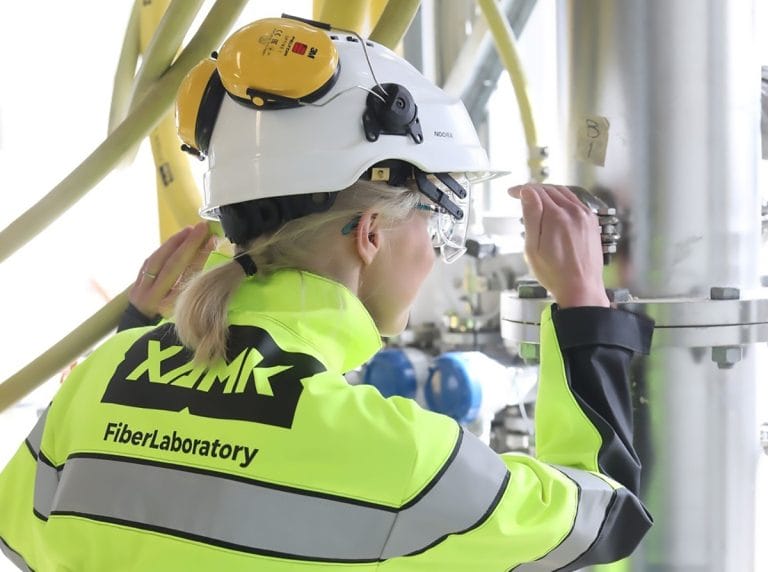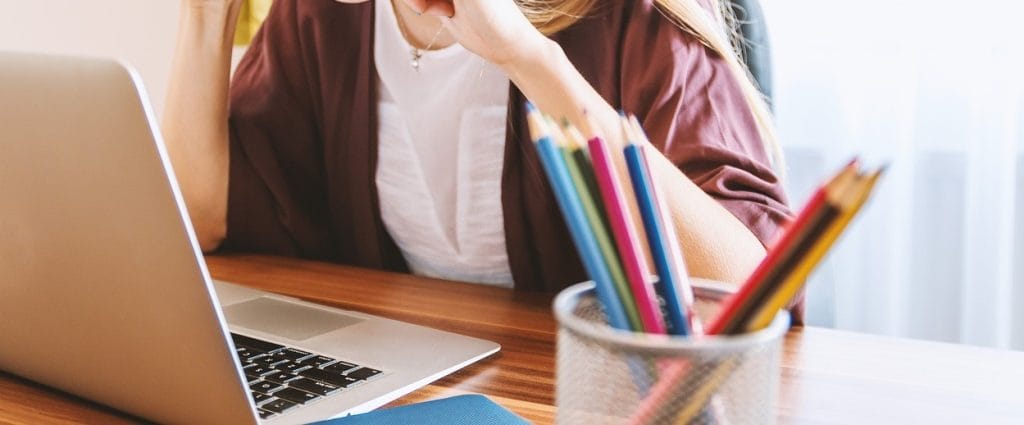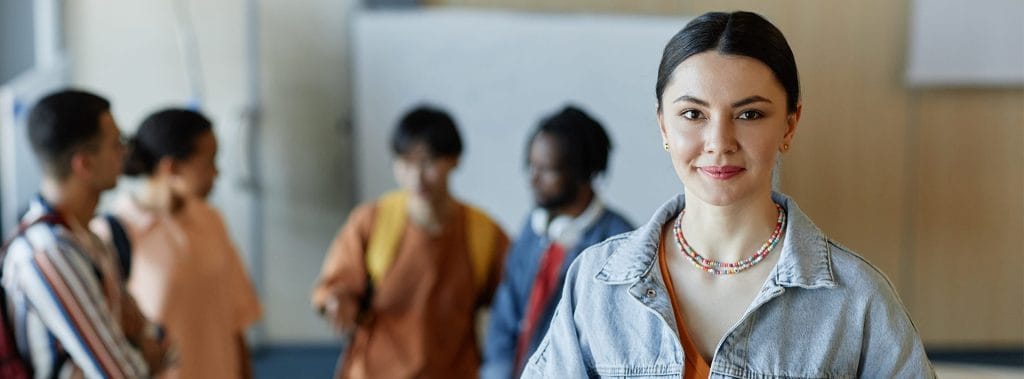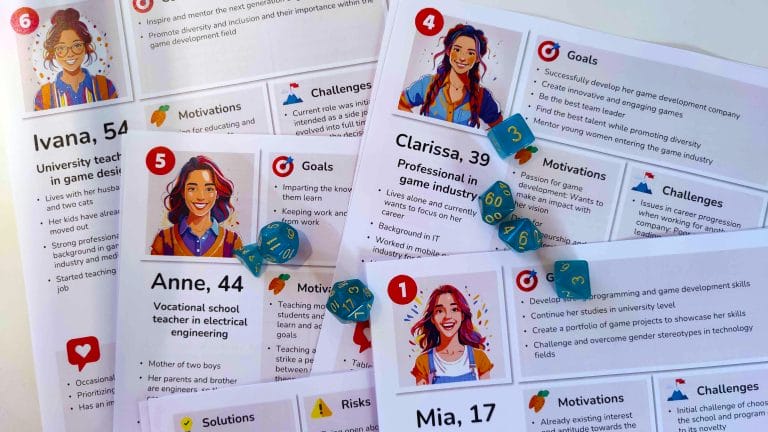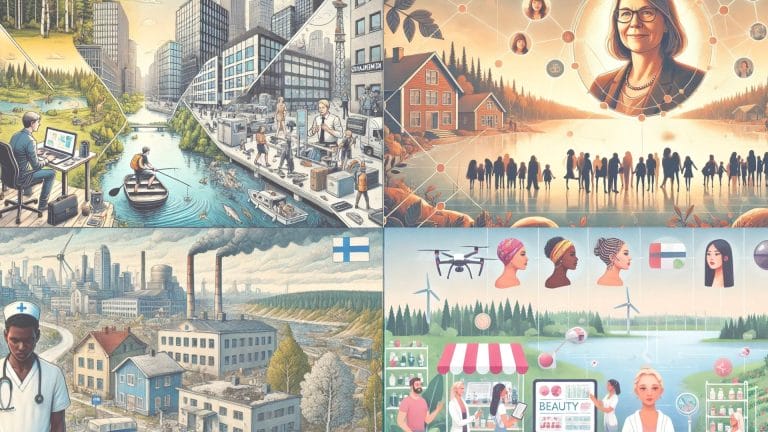Versatile Fiber – Ideas and Enthusiasm for the BioPak Project From Prague!
BioPak is a project co-funded by the European Union, promoting the recyclability of wood fiber packaging, as well as reuse and take-back solutions. The project’s goals are strongly linked to the obligations set by the EU’s Packaging and Packaging Waste Regulation (PPWR) and the development of barrier and durability properties of fiber packaging to replace plastic.
BioPak team members Noora Haatanen, Kati Jordan, and Piia Kanto participated in the three-day Functional Fiber-based Materials & Packaging Conference held in Prague in October, whose agenda could very well have been directly formed from the project plan by artificial intelligence.
The journey began with high expectations. The event provided a broad overview of industry perspectives on packaging solutions and future needs. Additionally, the event offered a comprehensive information package, useful contacts, and direct and straightforward feedback on the project’s research plan.
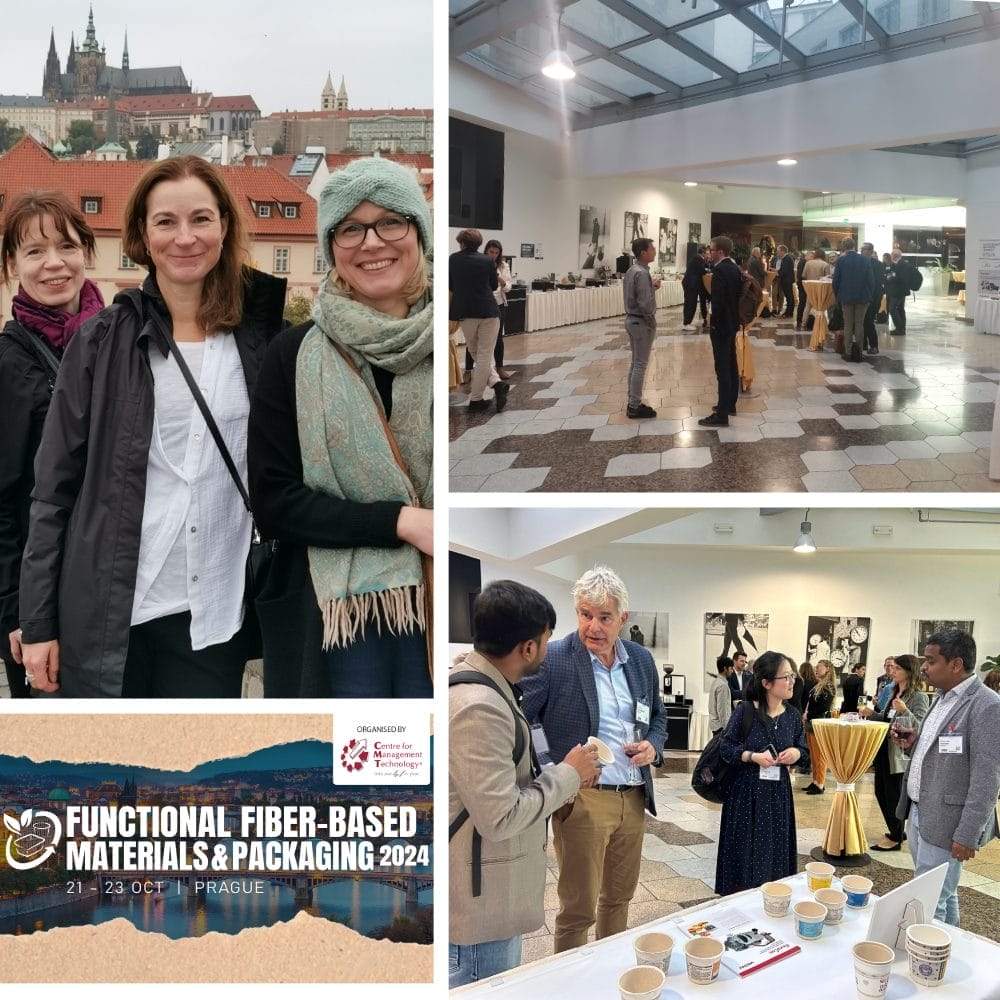
Fiber products as plastic substitutes in packaging
The term “paperization” has emerged in recent years and refers to the replacement of plastic or other fossil-based materials with paper-based materials. The market potential of this segment is enormous, making it well-justified to have its own term. The amount of plastic coatings, i.e., traditional barrier materials, is significant. According to presentations, 3.3 million tons of coating materials were produced in 2022, with a market value of over $9 billion, and this is expected to rise to $11 billion by 2028. It is estimated that about 15-25% of the plastics in packaging can be replaced with fiber-based packaging. This means 20-35 million tons globally and even up to 2 million tons in Europe.
Several factors influence “paperization,” such as fees related to plastic materials and consumer preference for paper over plastic. Legislation is one of the driving forces of change, possibly the most powerful, and it will quickly change the rules of the game. The event provided an excellent overview of the impacts of the PPWR, the SUP Directive (single-use plastic), and the so-called plastic tax on the packaging industry. Brands also play a role in the change, especially as trendsetters, when they bring new sustainable, circular economy-compliant packaging to the market and make them available to consumers.
What is sustainable packaging?
While recyclability is emphasized in both the PPWR legislation and the BioPak project’s work package, it is important to remember that it is not the whole story. When assessing the sustainability of packaging, a holistic approach should be taken, considering factors such as the product’s entire lifecycle carbon footprint, its impact on the product’s lifespan, particularly food waste, as well as consumer behavior and reuse possibilities. Even something as concrete as the ease of emptying the package significantly affects the overall sustainability of the product.
More effective solutions through collaboration
The presentations at the conference emphasized the importance of collaboration. Creating sustainable packaging is complex and therefore requires cooperation across the entire value chain. The growing amount of packaging waste and changing legislation cause anxiety and confusion. Due to the diverse materials and applications, the fundamental goal can sometimes be difficult to define. Additionally, many issues are interconnected. For example, a new solution in material development can create new problems in another part of the value chain, such as recycling.
From here, we move towards domestic events. Next up is the packaging industry event PackSummit, held in Tampere on November 19th, where BioPak will also be prominently featured. See you there!
Noora Haatanen, RDI Specialist, South-Eastern Finland University of Applied Sciences
Kati Jordan, Project Manager, South-Eastern Finland University of Applied Sciences
Piia Kanto, Lecturer, Tampere University of Applied Sciences

